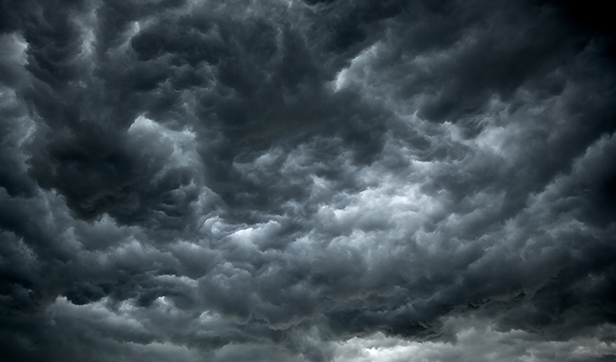
Emergency Preparedness Week is from May 5 to 10, and Canada is once again bracing for a severe weather season. Floods, wildfires, hailstorms and windstorms are becoming more frequent and more destructive. For individuals, families and communities, the lesson is clear: We can’t always stop disasters from happening, but we can reduce their impact by being ready for them.
According to data from Catastrophe Indices and Quantification Inc. (CatIQ), insured losses from severe weather in Canada have risen dramatically over the past five years – from $1.6 billion in 2019, to $2.5 billion in 2020 and 2021, to $3.5 billion in 2022 and 2023, and then soaring to a record-shattering $8.9 billion in 2024. These numbers reflect only the damage that was insured – the total toll on governments, households and businesses would be much higher.
Fortunately, governments are responding to the escalation of severe weather events. In 2024 and 2025, provinces across the country have announced a wide range of resilience-focused investments – from expanding flood mapping and upgrading wildfire detection systems, to modernizing stormwater infrastructure and supporting climate-resilient buildings. The initiatives vary in scale and approach, but the goal is shared: Reduce risk, strengthen community resilience and ensure that we’re better prepared for future disasters. It’s a strong start, and Insurance Bureau of Canada (IBC) encourages governments to keep going; building resilience must remain a top priority.
While government action is essential, the role of individuals and businesses is just as critical. Depending on where you live, some perils are more likely than others. Here is what you can do to prepare.
To protect against wildfires:
Clear debris, dead vegetation and flammable materials from around your property.
Maintain a 1.5 metre non-combustible zone around homes and other buildings.
Use fire-resistant roofing and siding materials where possible.
Visit our Stay Protected: Fire and Wildfire Safety page for additional tips and info.
To protect against floods:
Install sump pumps and backflow valves where appropriate.
Keep gutters, downspouts and nearby drainage areas clear and functional.
Move valuables and important equipment above ground level when possible.
Visit our Stay Protected: Flood and Water Damage Protection page for additional tips and info.
To protect against hail:
Park vehicles in a garage or under a sturdy shelter during storm warnings.
Inspect roofing and siding, and reinforce vulnerable areas.
Visit our Stay Protected: Hail Safety page for additional tips and info.
To protect against high winds:
Secure outdoor furniture, tools and equipment that could become airborne.
Trim nearby trees and remove weak or dead branches.
Reinforce windows and garage doors where practical.
Visit our Stay Protected: Wind and Tornado Protection page for additional tips and info.
In addition to peril-specific steps, here are a few key actions you can take that will apply no matter what the threat.
Build or update your emergency kit: Include food, water, a flashlight, batteries, a first-aid kit, medications, important documents and pet supplies. Aim to be self-sufficient for at least 72 hours.
Create or review your emergency plan: Make sure everyone in your household or business knows what to do and where to go in an emergency.
Keep a current home inventory: Photograph or videotape your possessions, keep receipts for valuable items and store them somewhere safe. These small actions can make a huge difference should you need to make a claim.
Review your insurance coverage: Check that your policy reflects current risks in your area. If you’re unsure of what’s covered, speak with your insurance representative.
Emergency Preparedness Week is a reminder that preparation isn’t just about protecting physical assets – it’s about peace of mind. It’s about ensuring your family and employees know what to do in a crisis. It’s about helping your community respond faster and recover stronger. And it’s about recognizing that the next storm, flood or fire is not a matter of if, but when.
For more practical tips and resources, visit the Institute for Catastrophic Loss Reduction.

